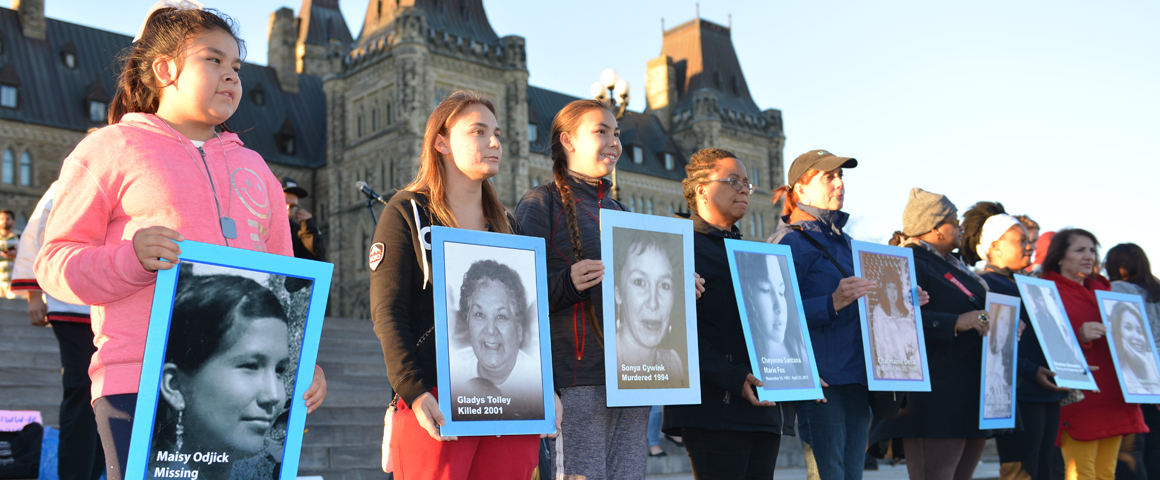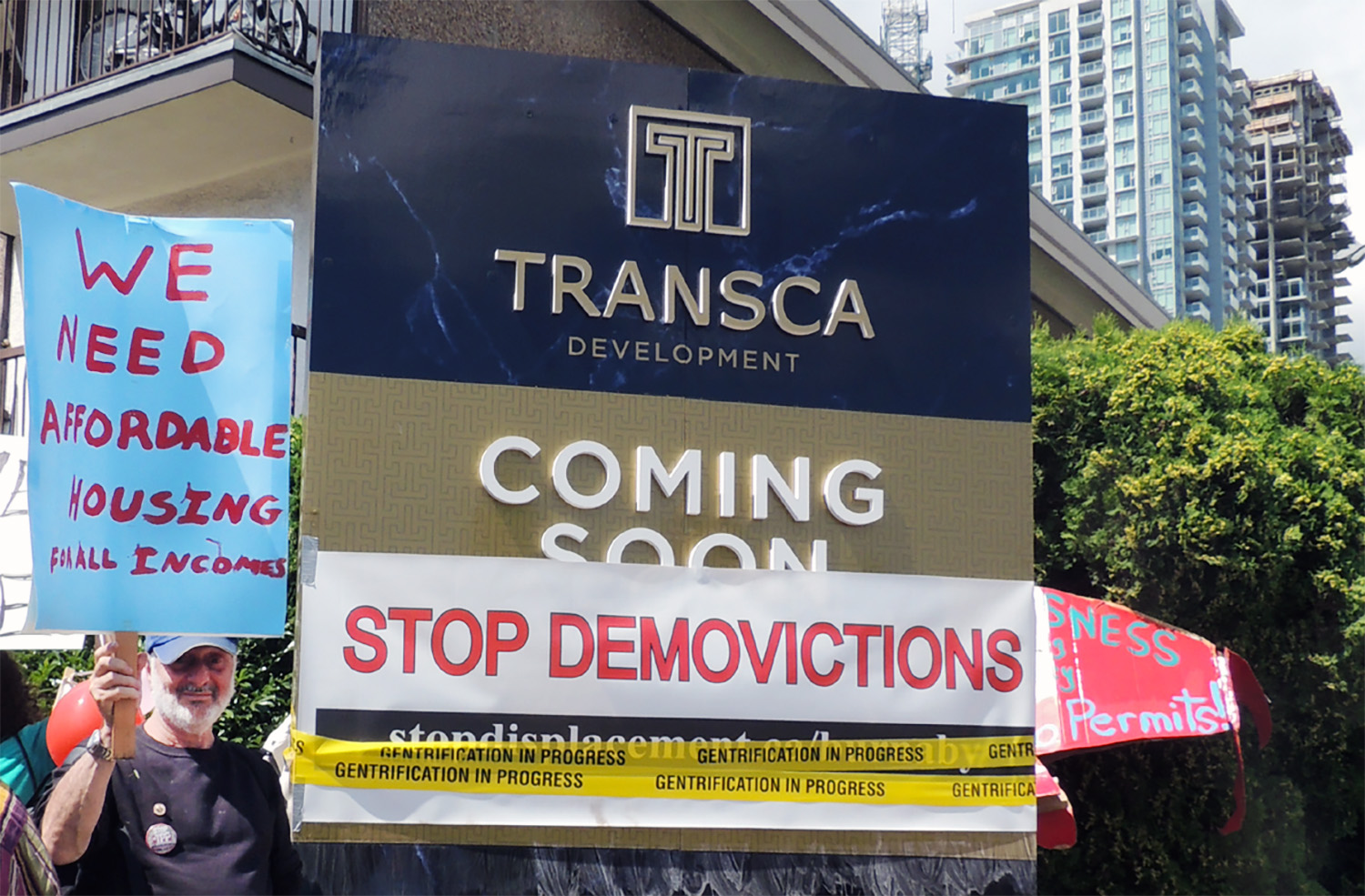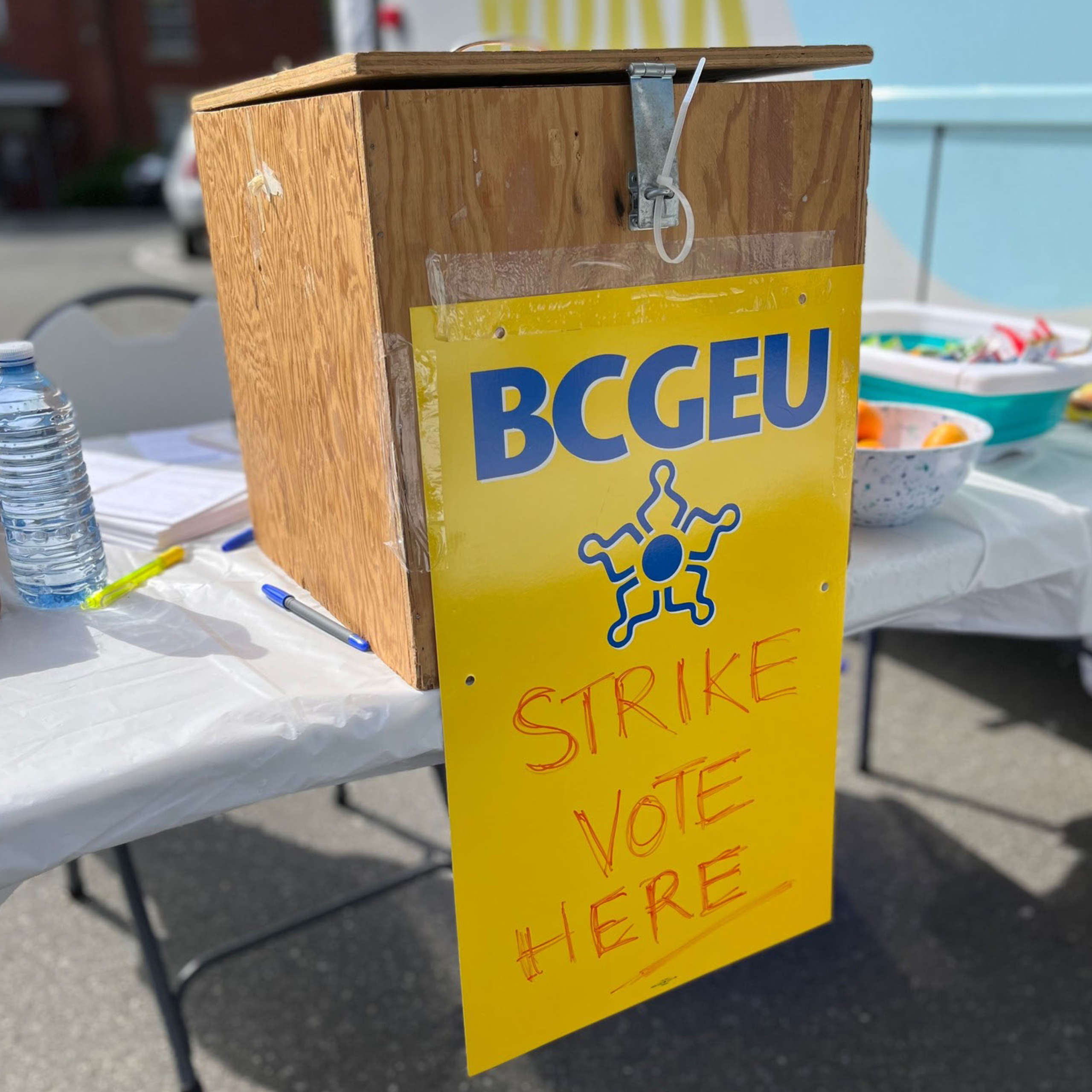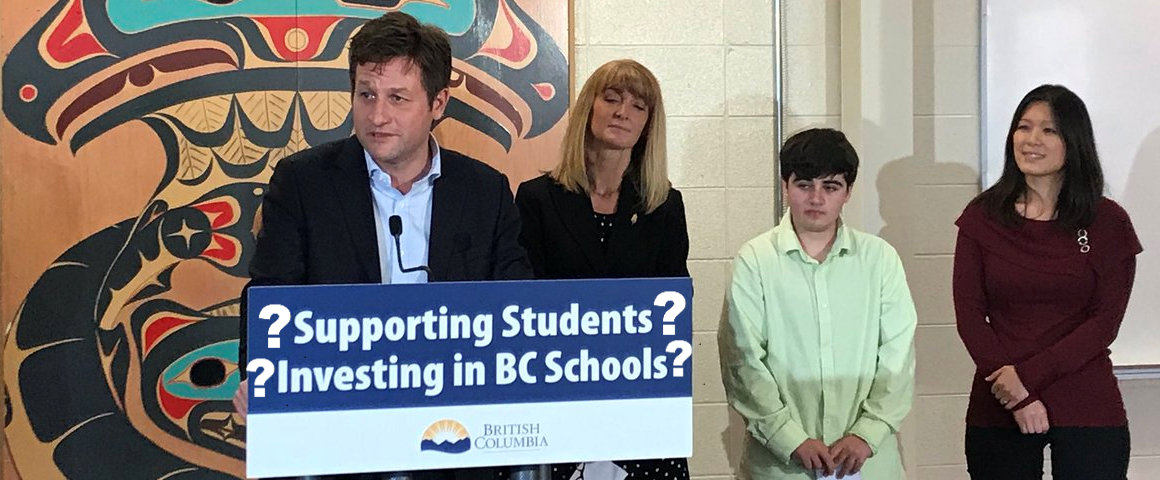Three years after being launched, the National Inquiry into Missing and Murdered Indigenous Women and Girls has released a 1200 page report. PM Justin Trudeau was presented with Reclaiming Power and Place, at a June 3 ceremony in Gatineau, Quebec.
After a rocky start marked by resignations over concerns that its process was flawed, the inquiry held public hearings, gathering over 1,000 hours of testimony from 2,300 witnesses, including the families of victims and survivors. The report makes 231 specific recommendations, from supporting Indigenous police services and overhauling current police procedures, to changing criminal codes and reforming child welfare.
Taking a perspective that has been sharply attacked by conservative forces, the report states bluntly that Indigenous women and girls have been the targets of genocidal policies and actions throughout the history of Canada, right up to the present day.
“This genocide has been empowered by colonial structures, evidenced notably by the Indian Act, the Sixties Scoop, residential schools, and breaches of human and Inuit, Métis and First Nations rights,” the report reads, “leading directly to the current increased rates of violence, death, and suicide in Indigenous populations.”
There remains wide disagreement about the total numbers of missing and murdered Indigenous women and girls. Wile the RCMP estimates that 1,200 individuals disappeared or were murdered since 1980, the Native Women’s Association of Canada says the real number is about 4,000.
Reflecting a wider social shift, the report also gives considerable attention to Indigenous people who identify as 2SLGBTQQIA – two-spirit, lesbian, gay, bisexual, transgender, queer, questioning, intersex and/or asexual. It stresses that Indigenous women who align with 2SLGBTQQIA identify markers are sometimes targeted for their sexual orientation and gender identity, “creating what one researcher describes as ‘triple jeopardy’ for various forms of interpersonal and institutional violence.”
The report’s unequivocal use of the term “genocide” and the wide-ranging coverage of its recommendations were both met with resistance in come quarters. It’s true that “genocide” is a word that has been used for political advantage, usually by right-wing forces. Canada “officially” recognizes certain tragedies as “genocides”, including the Nazi Holocaust perpetrated against European Jews, Roma and other peoples during the Second World War.
Other genocides given formal recognition by Canada are less clear. For example, one is the famine which caused many deaths in Ukraine during the early 1930s, which some observers argue was mainly the result of crop failures, sabotage, and other factors rather than the Soviet government’s agricultural policies. And if the Ukrainian “Holodomor” is given “genocide” status, what about the assault upon the Indigenous peoples of the western hemisphere by European colonialism, which decimated their numbers by some 90% after the “discovery” by Columbus? Or the Belgian colonial massacre in the Congo, where millions died in the rubber plantations from 1885 through 1908?
Reclaiming Power and Place draws upon Polish-Jewish scholar Raphael Lemkin’s definition of genocide as “a coordinated plan of different actions aiming at the destruction of essential foundations of the life of national groups, with the aim of annihilating the groups themselves.”
That understanding certainly applies to Indigenous peoples within the Canadian and U.S. states over several centuries. In the U.S., for example, Indigenous women are still murdered at a rate ten times higher than the national average.
Even PM Trudeau had to state that violence against Indigenous women and girls “is not a relic of Canada’s past.” Speaking the following day, Trudeau did reference the term “genocide,” no doubt reflecting his attempts to repair his shattered former image as a politician committed to nation-to-nation equality.




